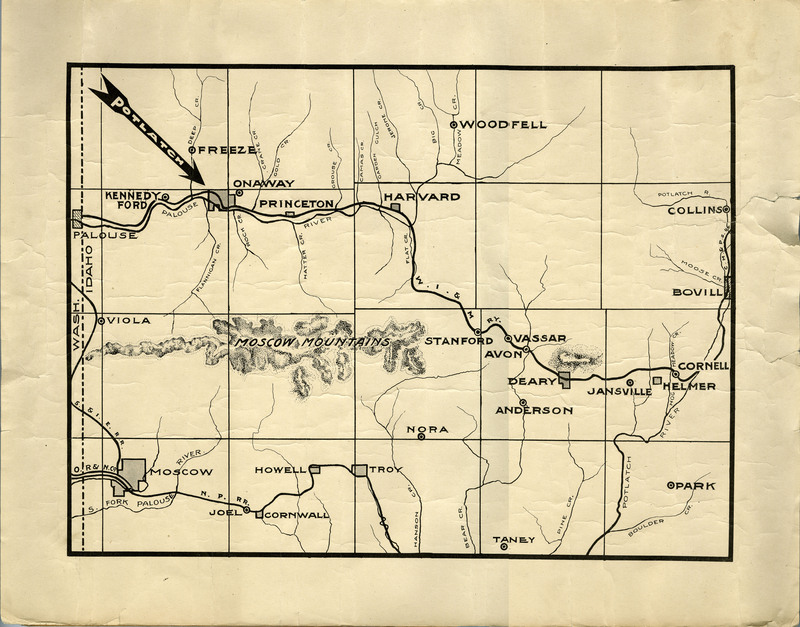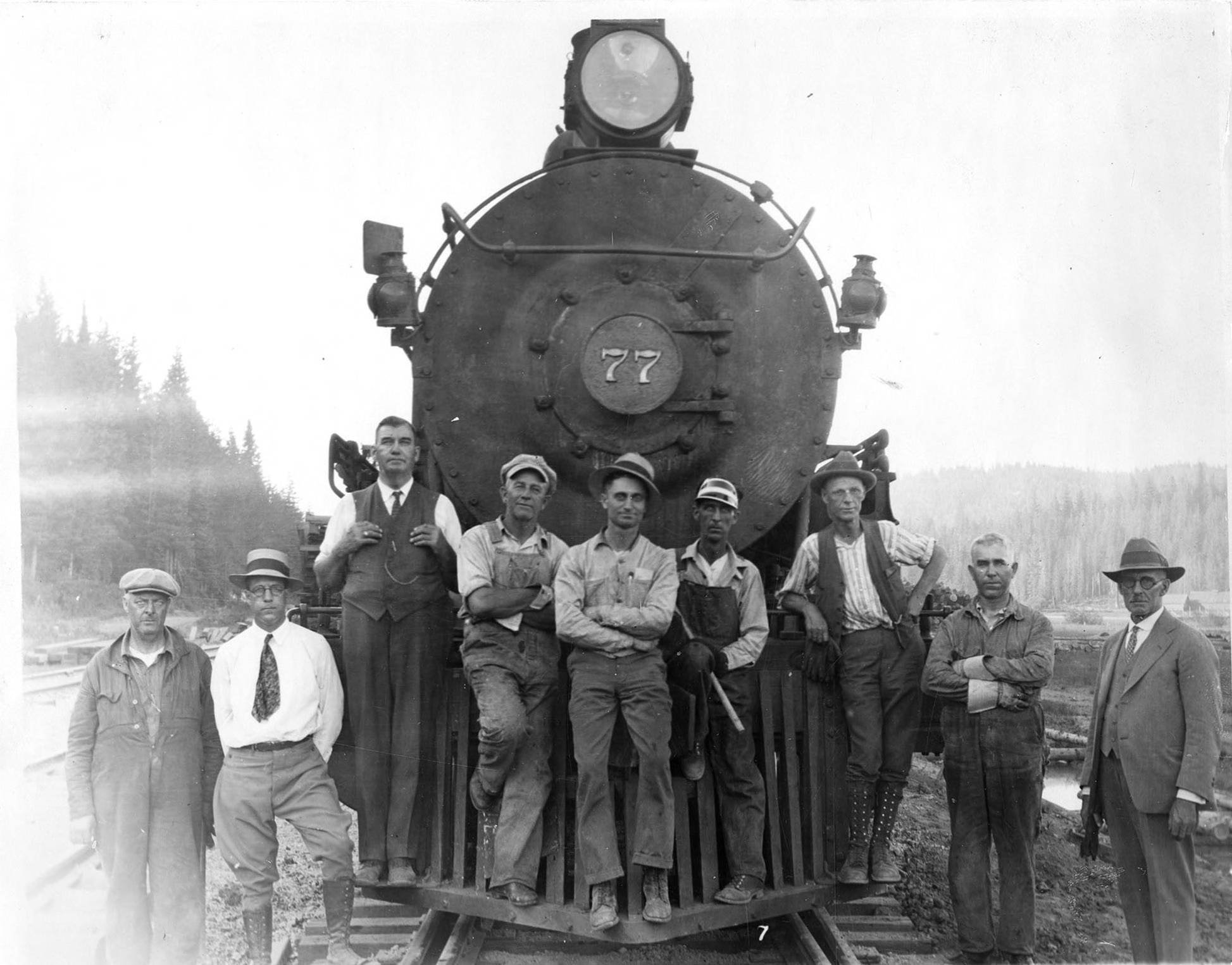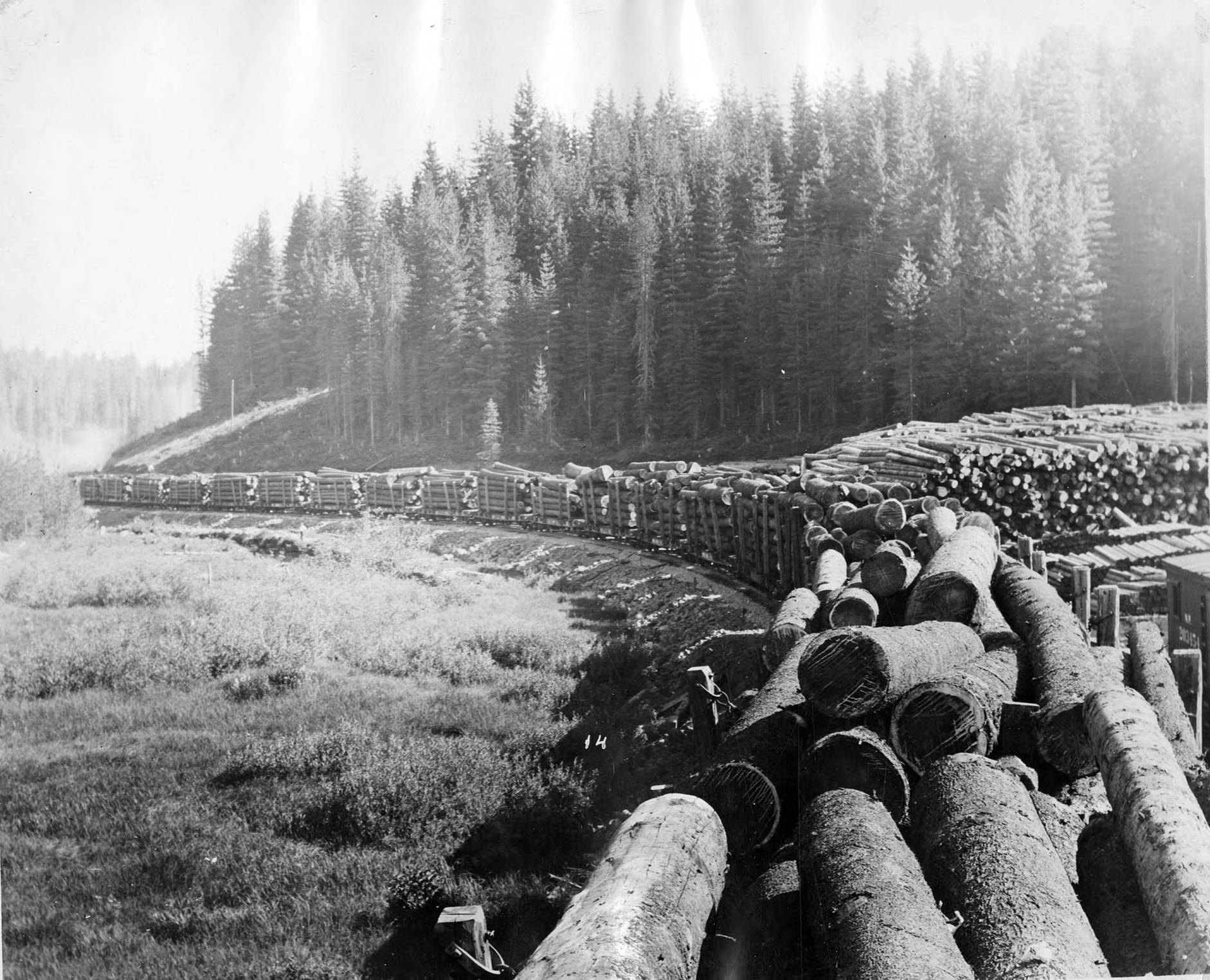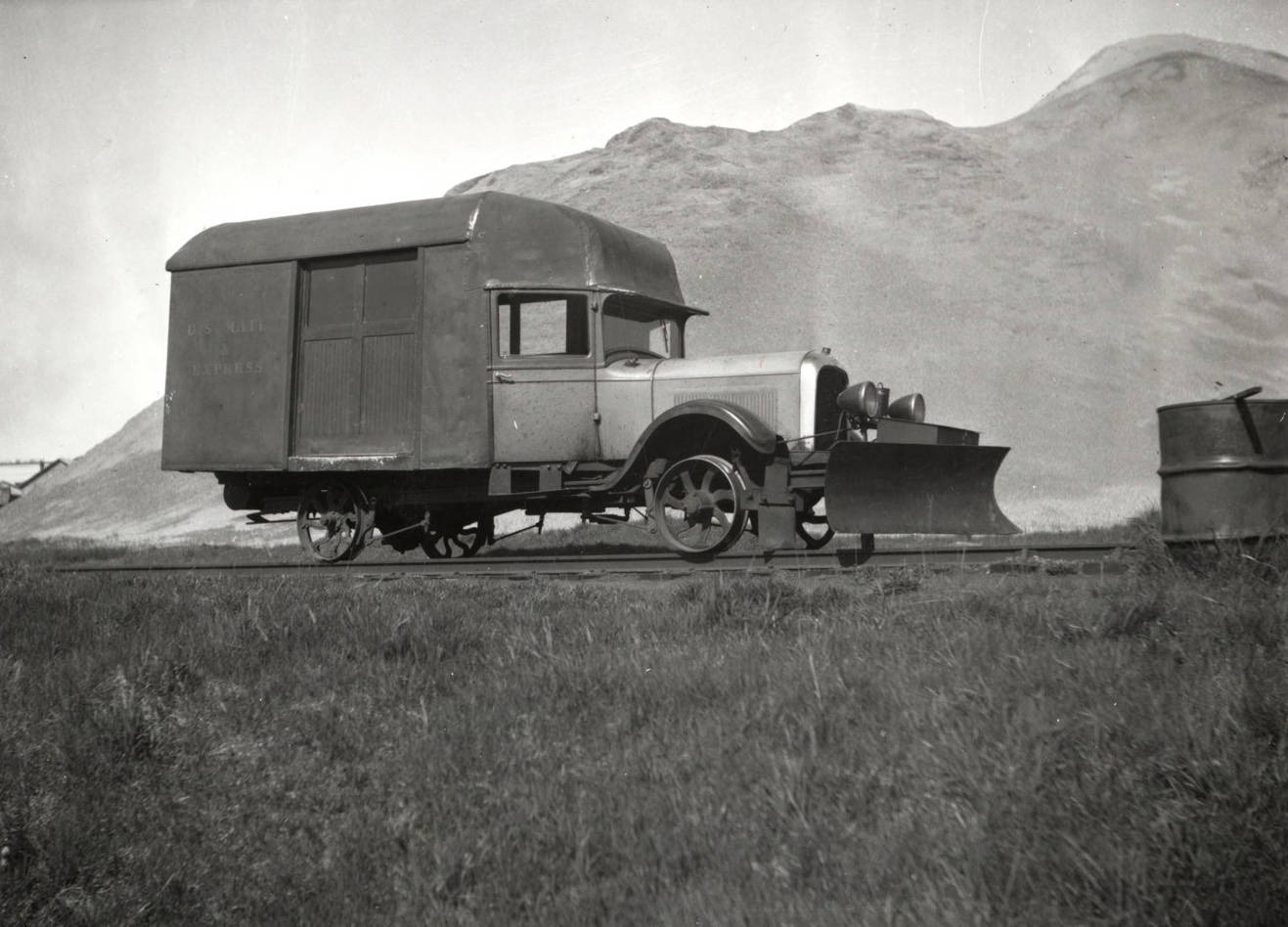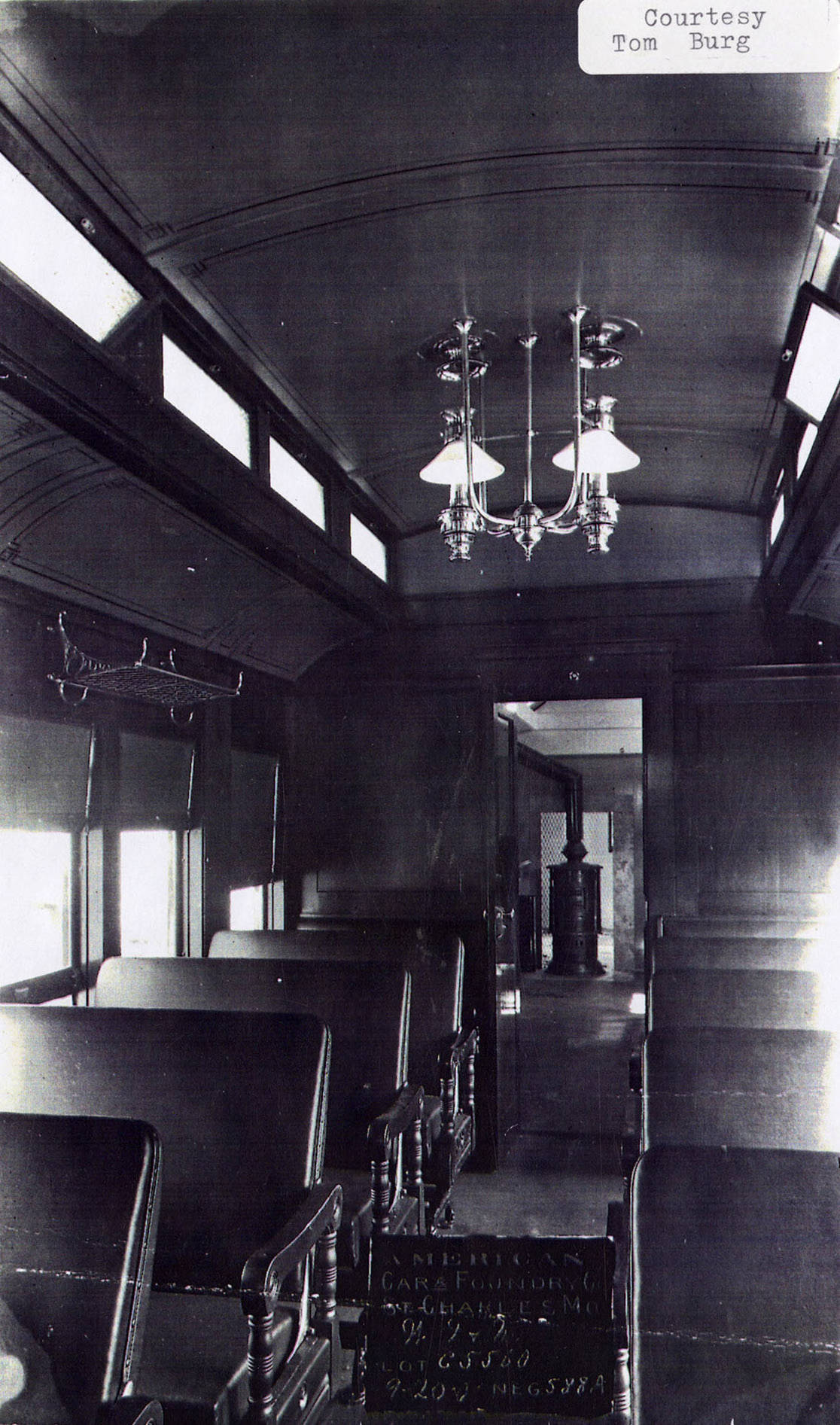Washington, Idaho & Montana Railway Records Collection
Maps and blueprints from the Washington, Idaho & Montana Railway Records
Contents: About the Collection | About the Washington, Idaho & Montana Railway Company | Related Collections | Tech
About the Collection
This digital collection consists of 11 smaller blueprints and maps from Series IV., Box 440, of MG 139, the Washington, Idaho & Montana (WI&M) Railway Records collection. The items include the WI&M proposed railway tracks, standard plans for the WI&M section houses, and maps of the WI&M Railway line.
About the Washington, Idaho & Montana Railway Company
The Washington, Idaho & Montana (WI&M) Railway Company was created after the Northern Pacific Railroad, a major railroad in the area, declined to build a road for the Potlatch Lumber Company. William E. Borah, then a lawyer, assisted in WI&M company’s incorporation. In 1905, the construction of the railway began. By the end of 1906, the line had reached Bovill, and by 1908, the railroad reached Purdue. Although original plans called for a further reach east through Clearwater County and across the Bitterroots into Montana, another railroad company, Milwaukee Road, had already built a line from St. Maries to Elk River in Clearwater County. Another possible reason in the change of plans could have been a 1910 forest fire that destroyed timber along the North Fork of the Clearwater.
The WI&M railroad line connected with the Northern Pacific Railway Company and the Spokane & Inland Empire Electric Railroad at Palouse, Washington. From Palouse, the railroad line stretched east along the Palouse River, across the Flat Creek Summit, then to Purdue, Idaho for a total of 49.336 miles. The line also connected with the Chicago, Milwaukee and St. Paul Railroad Company at Bovill, Idaho.
The stations along the WI&M line included Wellesley, Princeton, Harvard, Yale, Stanford, Vassar, Cornell, and Purdue, which led to speculation that the stations were named by young college men.
The main purpose of the railroad was to move timber for the Potlatch Lumber Company. The WI&M company ranked with main lines for its reliability and service due to its excellent construction and attention to maintenance and repairs. In 1930, the railway developed an innovative way to protect shipments of finished lumber from water and cinder damage with a paper tent.
In addition to hauling logs, the railway operated a passenger service transporting people and mail. It also provided an outlet for local farmers to carry grain, vegetables, and livestock. Passenger railroad service began in 1905, inaugurated by an excursion train carrying about 500 passengers from Palouse to Potlatch. By 1933, the passenger service was replaced by a Studebaker automobile, nicknamed “The Bug,” that made daily trips of about 120 miles. In 1937, it was replaced by another car, the “Potlatcher.” In March 1955, the passenger train service eventually ended after the government discontinued a mail contract. By then, passenger traffic had been reduced.
After being acquired by the Milwaukee Land Company (a subsidiary of Milwaukee Road) in 1962, the WI&M railroad continued to run for logging operations until 1980. The Milwaukee Road sold in 1980 and a part of the WI&M line was purchased by the Burlington Northern Railroad.
Information about this collection has been adapted from the finding aid of MG 139 Washington, Idaho & Montana Railway Records written by Judith Nielsen. More detailed information about the collection and its contents can be found in the collection’s finding aid.
Related Collections
For more information, see the following digital collections:
Technical Credits - CollectionBuilder
This digital collection is built with CollectionBuilder, an open source framework for creating digital collection and exhibit websites that is developed by faculty librarians at the University of Idaho Library following the Lib-Static methodology.
Using the CollectionBuilder-CSV template and the static website generator Jekyll, this project creates an engaging interface to explore driven by metadata.

